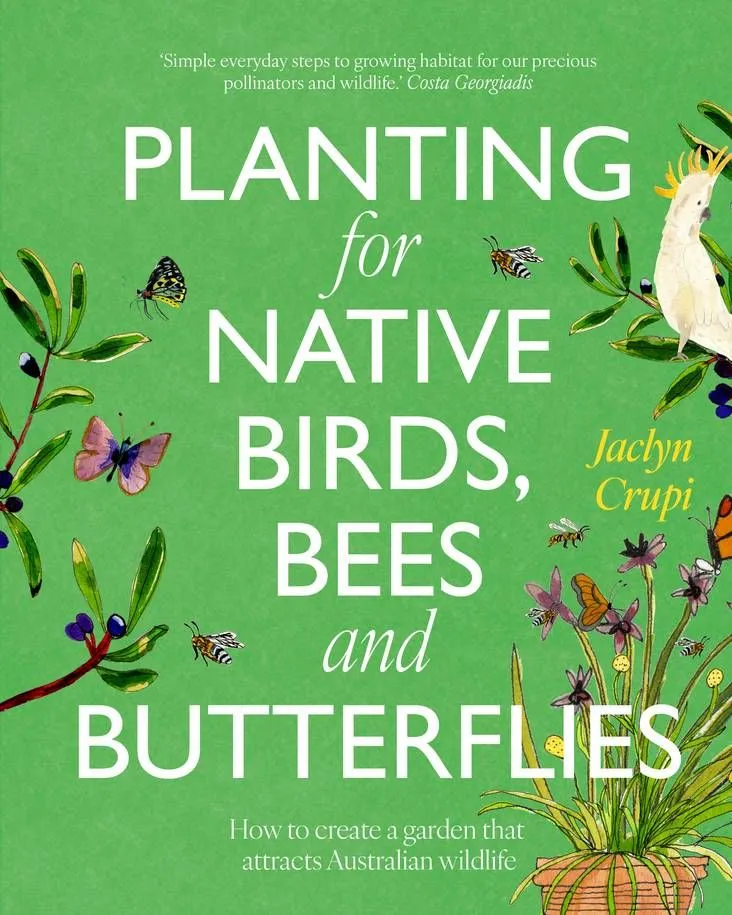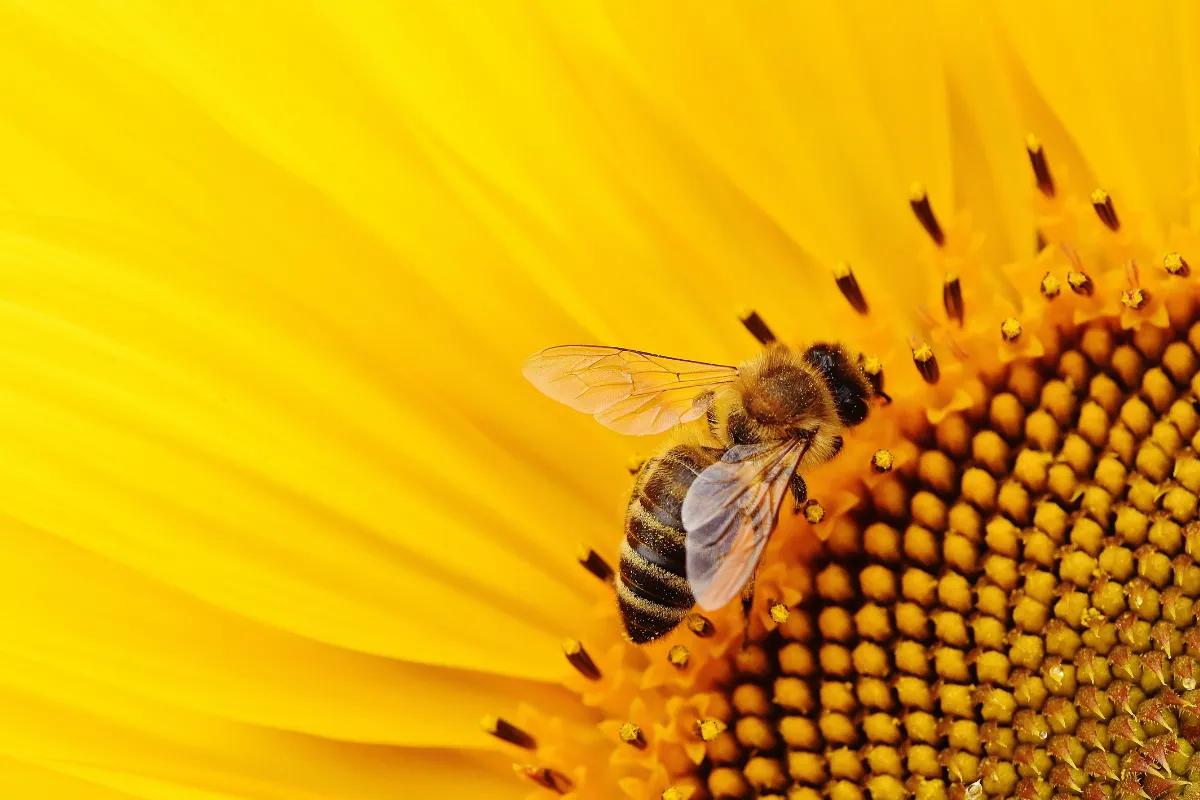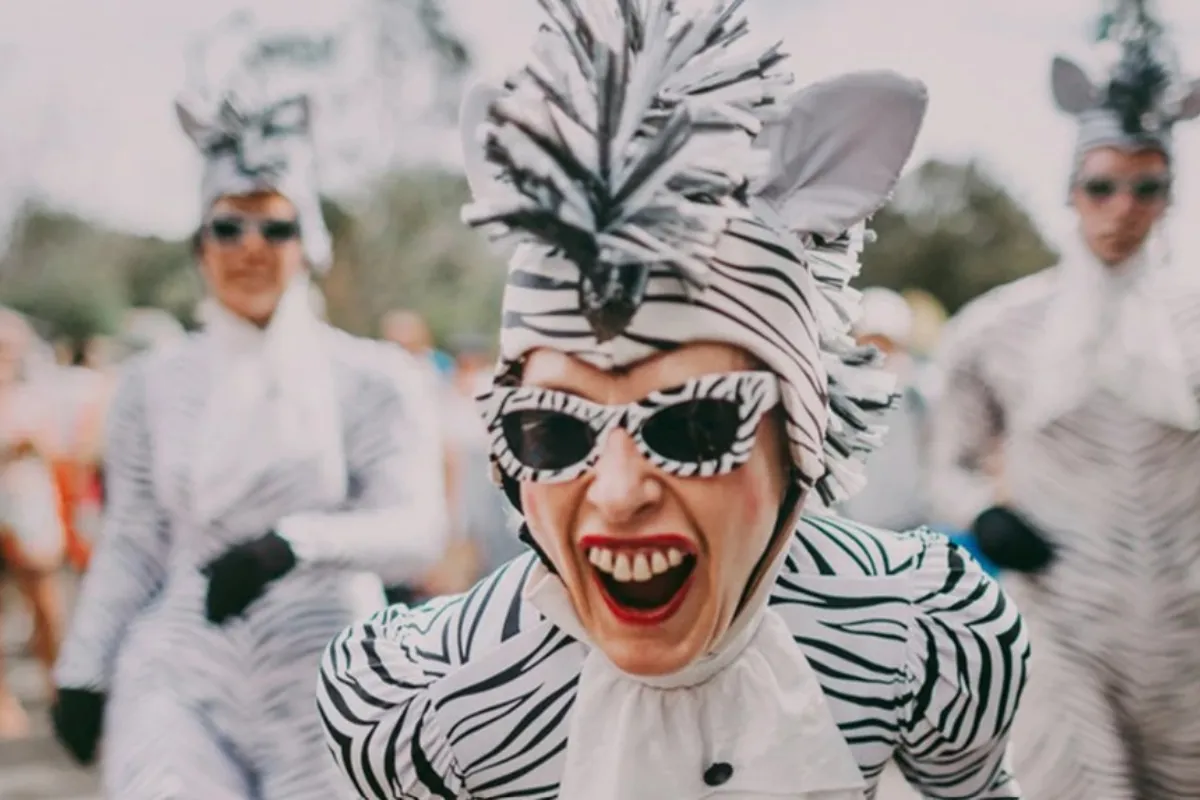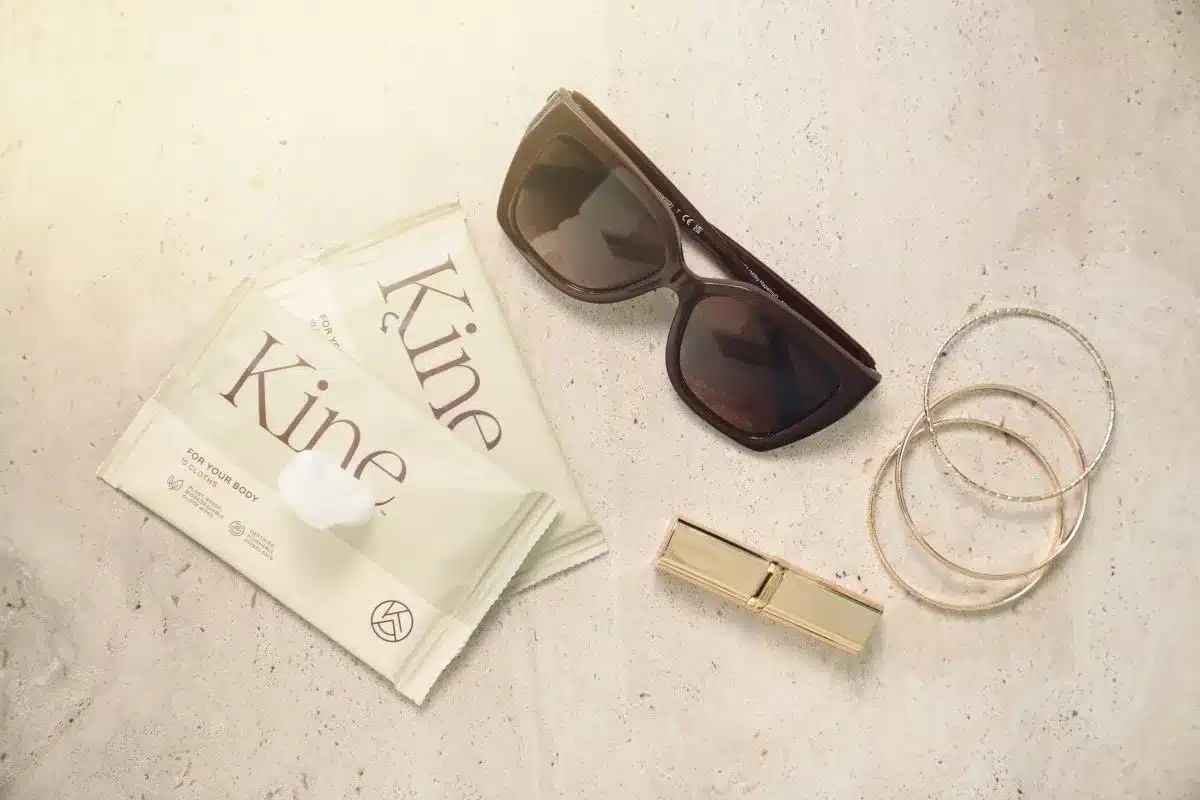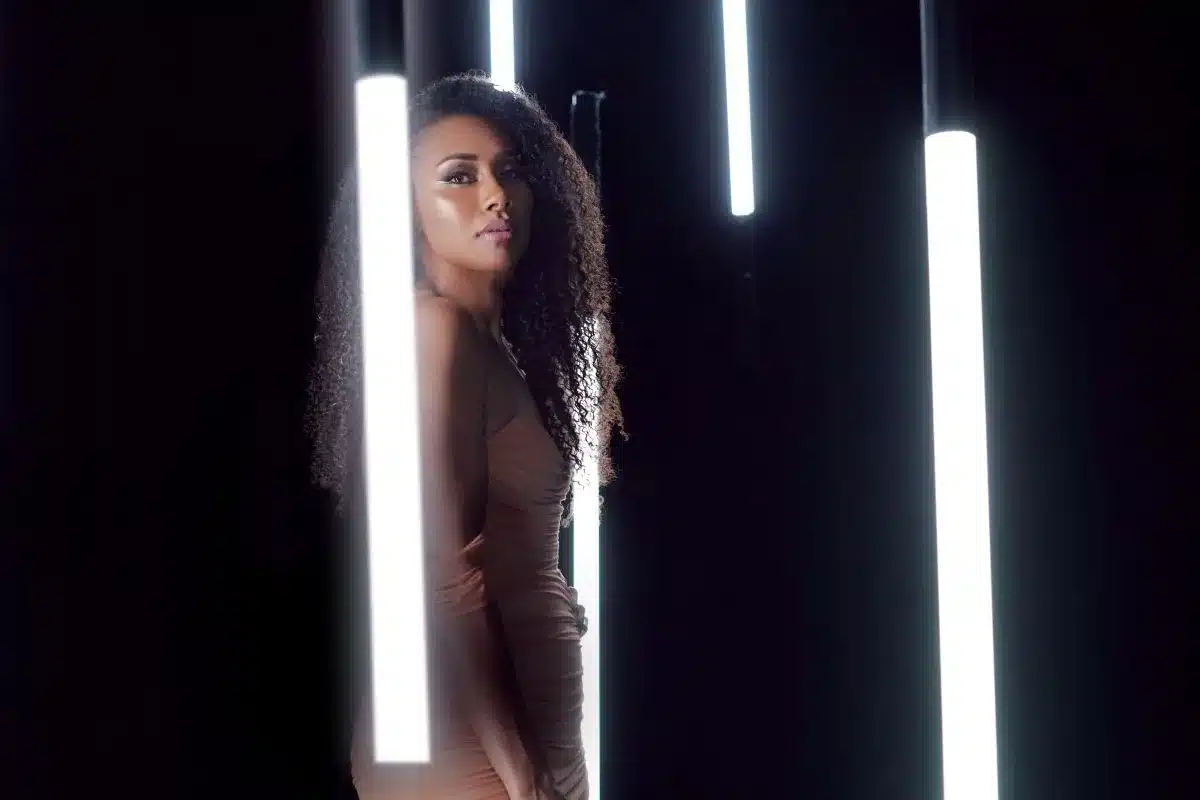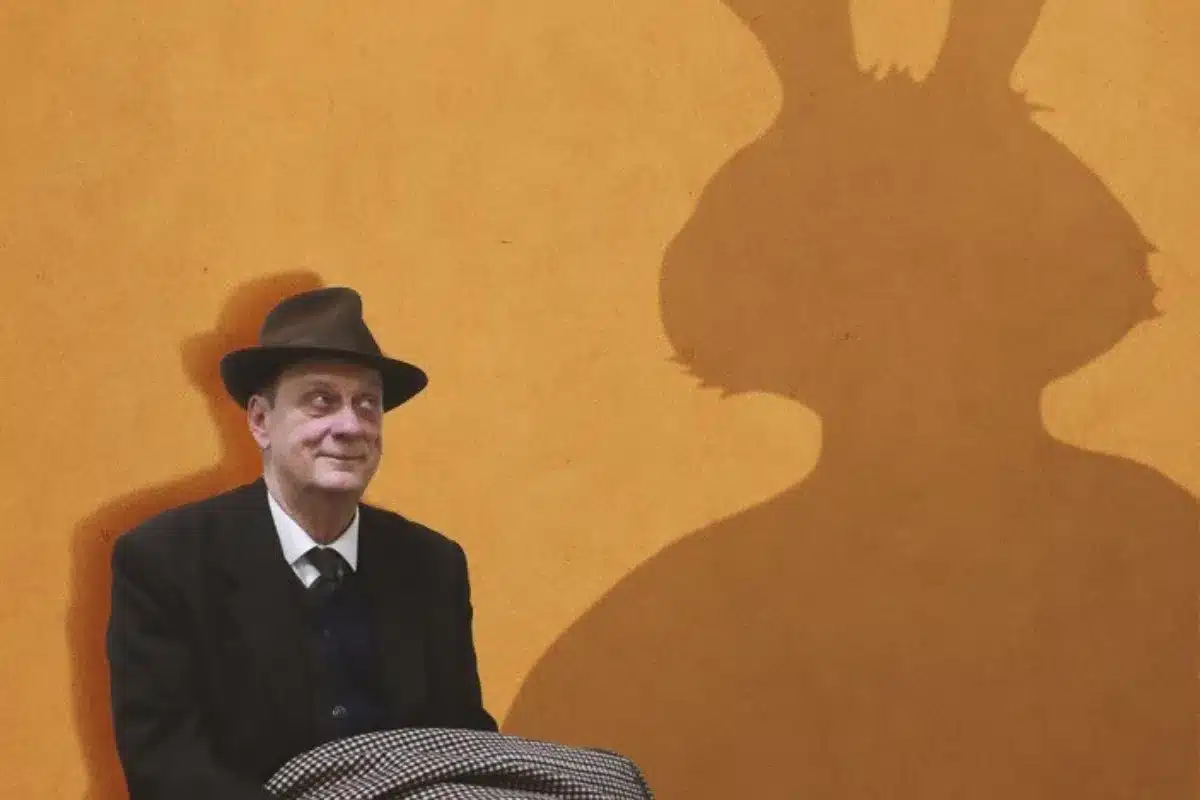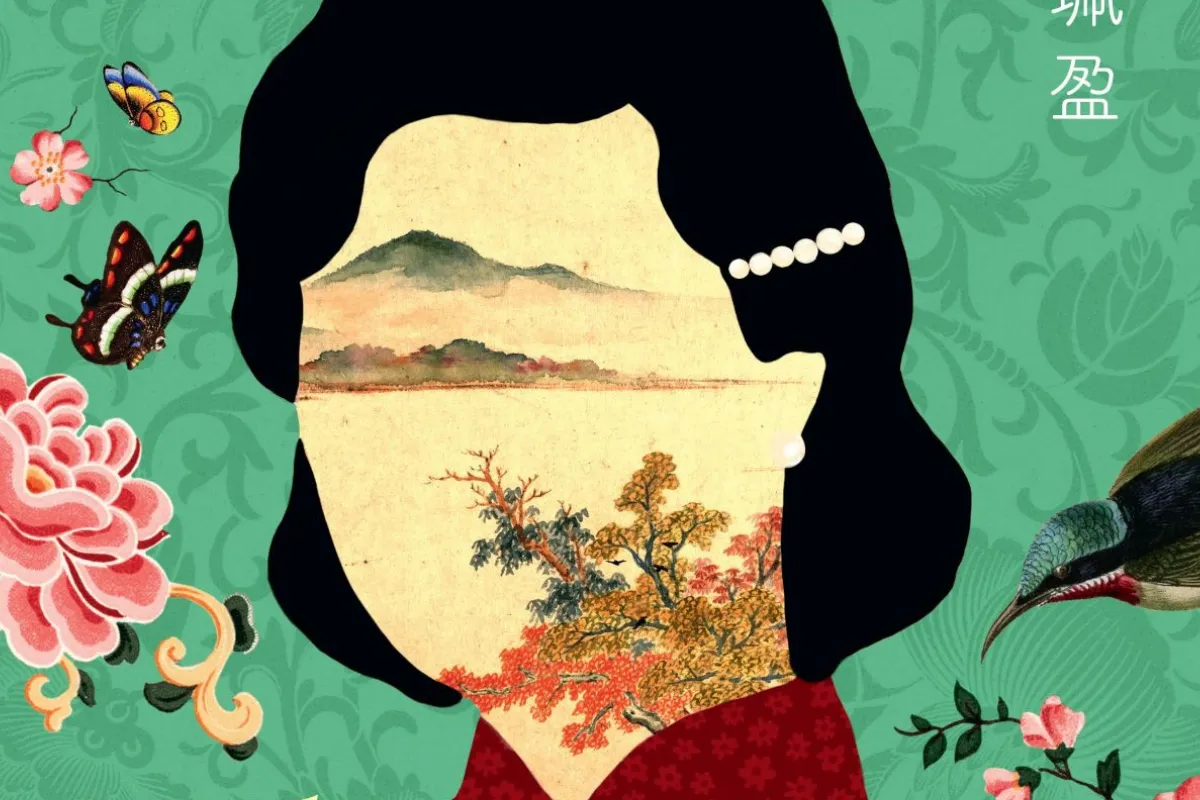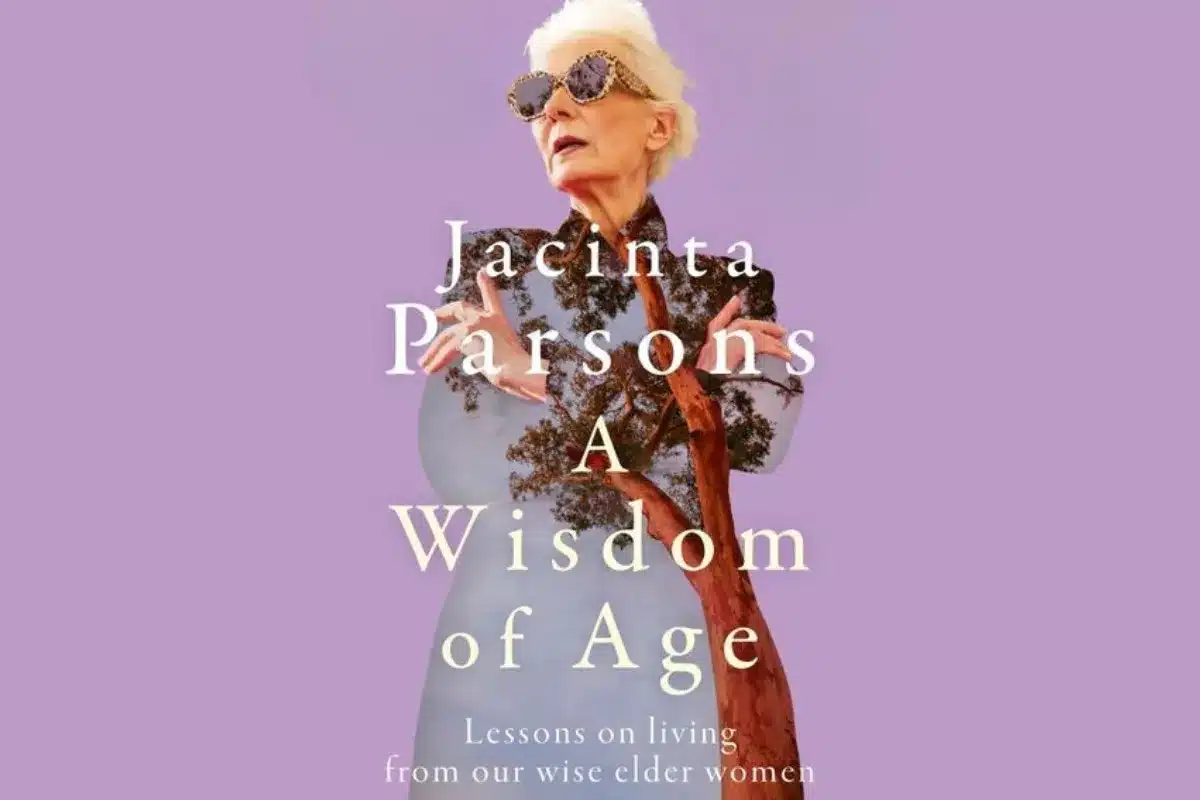By Jaclyn Crupi, gardener, garden educator, editor, bookseller and author
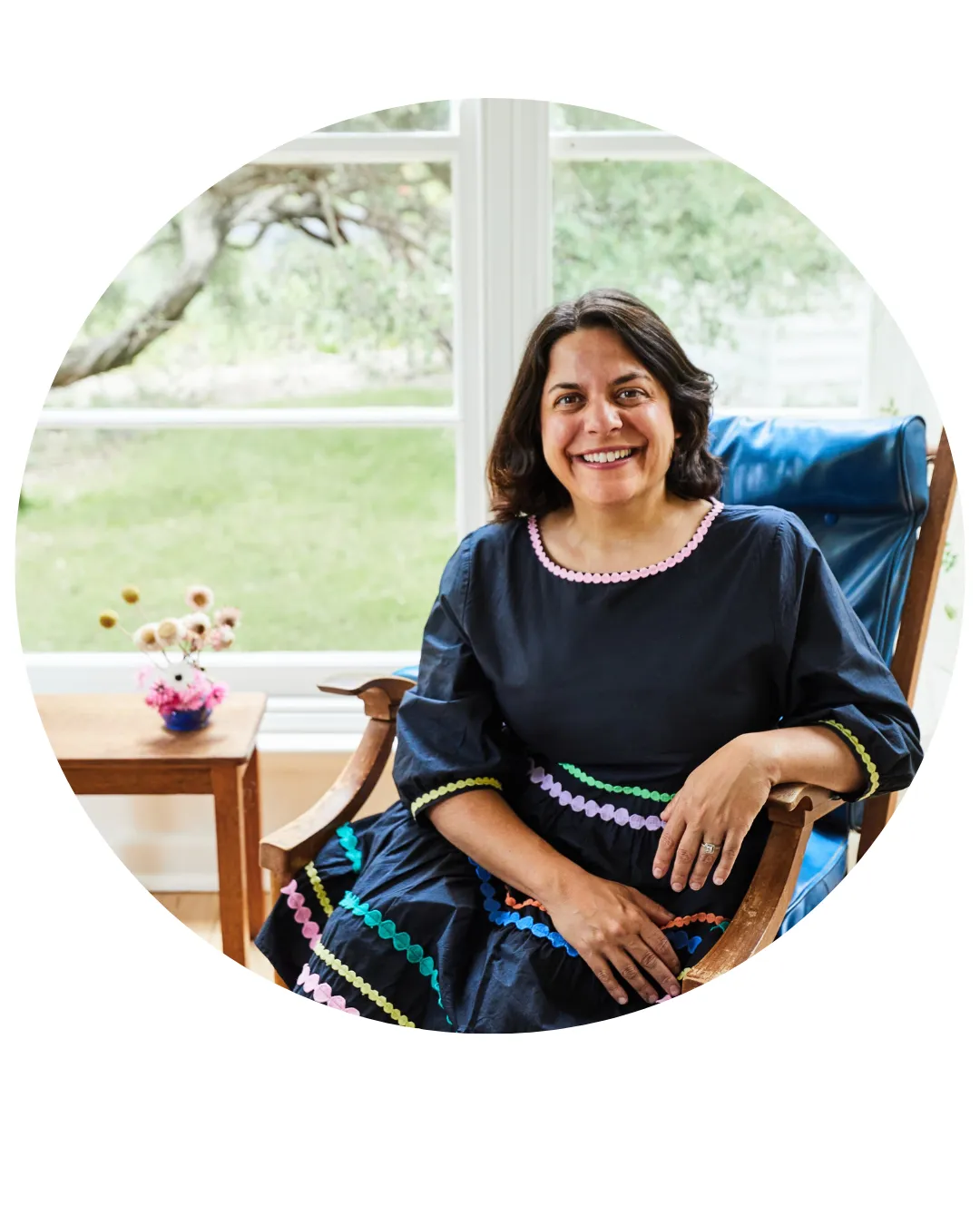
The distribution of native Australian bees is mostly determined by climate; semi-arid and temperate regions of Australia have the greatest diversity of bee species. Many native bees are excellent pollinators, while a very small number of species make a unique and tangy honey known as ‘sugarbag honey’.
How many species you see in your garden will depend on how close you are to natural bushland, as you need to be within flight range of the bee’s ‘home turf’. That said, many native bee species survive in suburbia thanks to flowering gum trees (Eucalyptus spp.), bottlebrushes (Callistemon spp.) and paperbarks (Melaleuca spp.).
Some species have also adapted to make full use of exotic plants and weeds. These include blue-banded bees and sweat bees. It’s also common to see some leafcutter bees (or at least the holes in foliage that are their calling cards).
Think like a bee
To understand what appeals to native bees, it’s helpful to know what they want. All native bees need pollen, nectar and water. Most are solitary, so they don’t require space to live in communities. Some appreciate the availability of nesting materials, while others – such as teddy bear bees and blue-banded bees – prefer to roost on twigs or long grass stems. Some native bees will make a nest in a bee hotel.
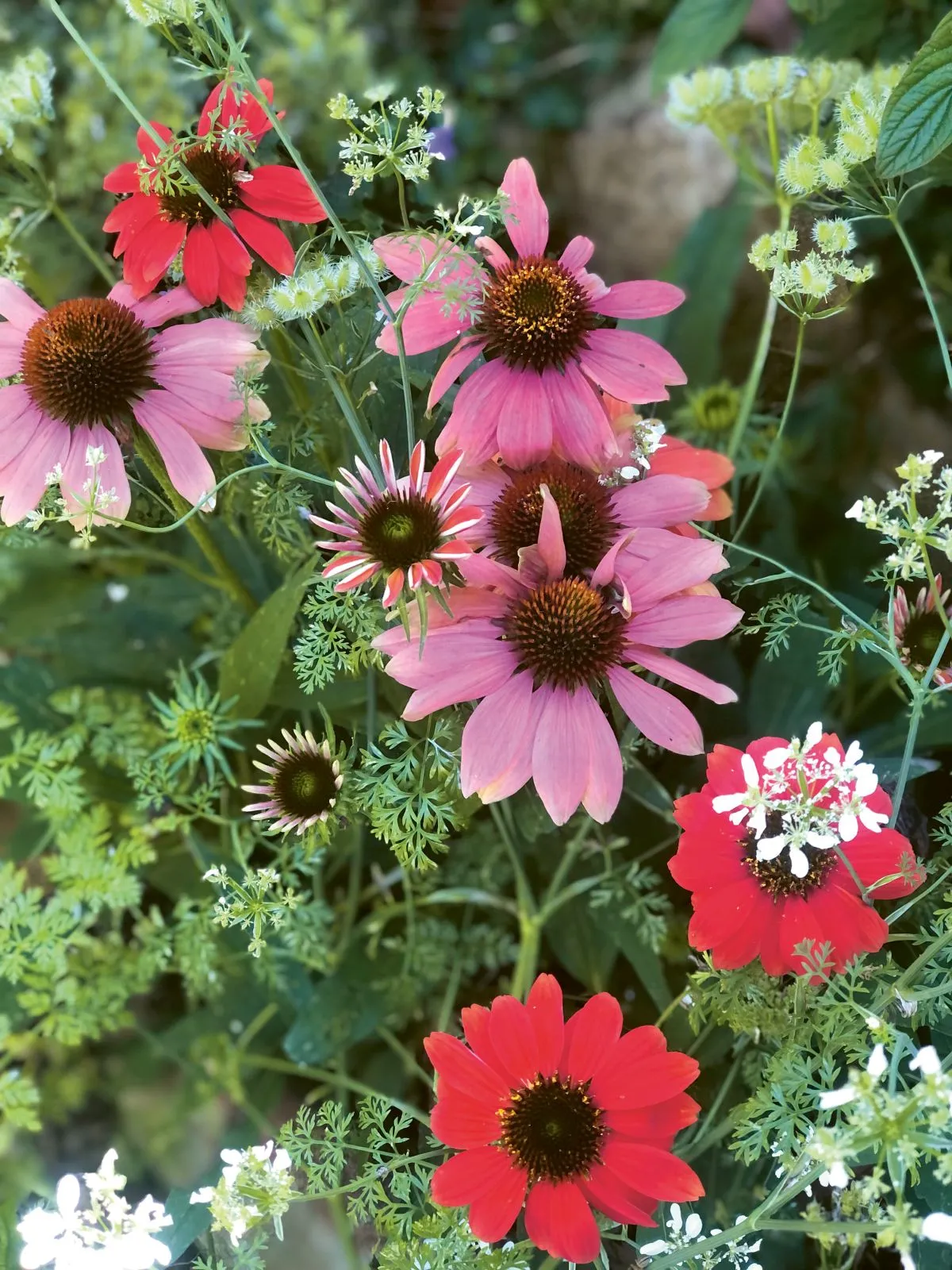
The best plants for bees
Think of flowering plants first. Many non-blooming trees are not much use to these flying friends (although they are loved by birds and butterflies). Pollen-producing plants emit aromas that attract native bees, which is helpful because their eyesight is not as good as you might think. Not all pollen is equal, and some plants produce higher-quality proteinpacked pollen than others. These include:
- banksias
- bottlebrushes (Callistemon spp.)
- emu bushes (Eremophila spp.)
- paperbarks (Melaleuca spp.).
In fact, not only do these plants produce high-quality pollen, but they also offer lots of sugar-rich nectar – and bees love them for this reason. If space in your garden is limited, then the best option is to select just a couple of these plants. If you have more room, try to include a diversity of plants with something in flower during every season. Most bee species are generalists, feeding on a range of plants throughout their life cycle.
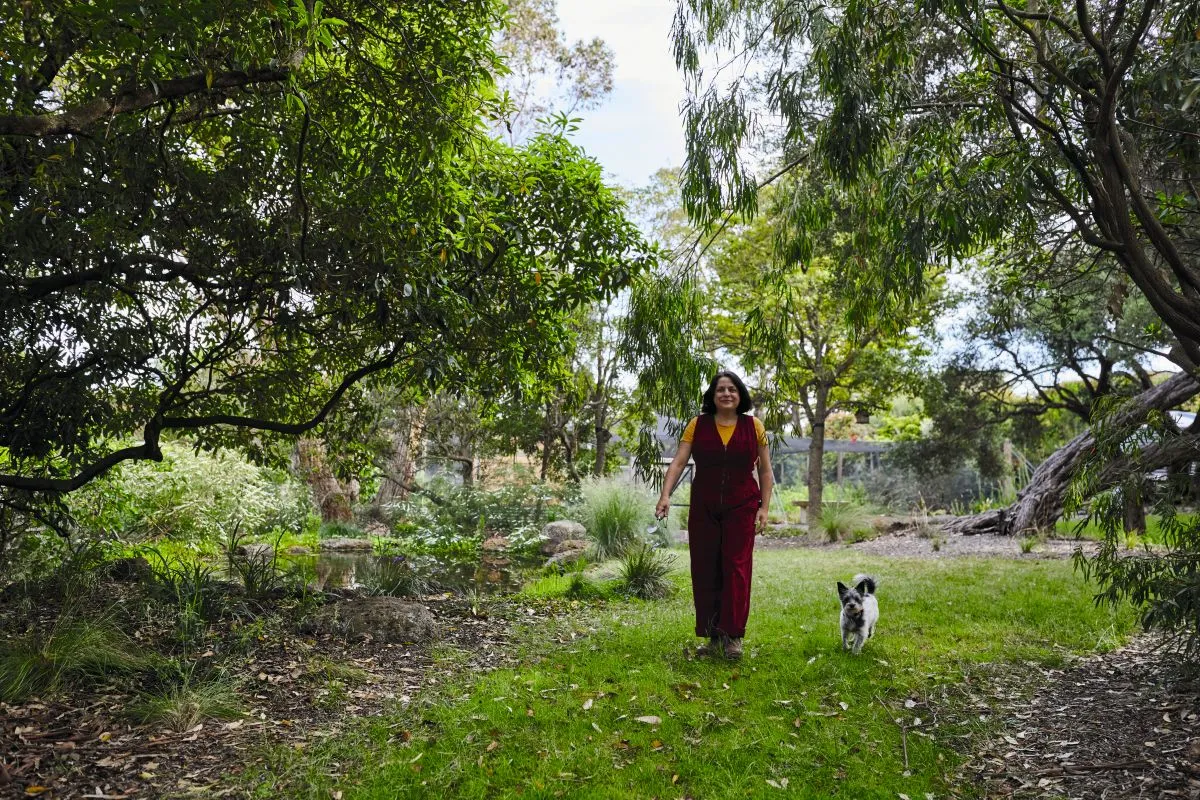
Fading with age
As many native bees age, they can lose their bright sheen and fade in colour. Most field and photographic guides show young examples of each bee species. So, if you spot something that looks like a blue-banded bee but has pale stripes, or one that is no longer the metallic green of a carpenter bee, then it’s mostly likely that you haven’t identified a new species – just a much-valued older member of an existing species.
Planting for Native Birds, Bees and Butterflies by Jaclyn Crupi, Murdoch Books RRP $34.99
